
alphaspirit - stock.adobe.com
Revealed: Surveillance camera network that covered Dominic Cummings’ lockdown travel
A network of automatic number plate recognition and local authority traffic cameras could help police track Downing Street chief of staff Dominic Cummings’ journeys to Durham and Barnard Castle during the Covid-19 lockdown
Multiple automatic number plate recognition (ANPR) and traffic cameras near Durham are in positions that would clearly observe the multiple alleged lockdown-breaking car journeys taken by Downing Street chief of staff Dominic Cummings, data from which is assisting the urgent police investigation now under way, Computer Weekly has confirmed.
Local authority traffic cameras and the national ANPR camera network also enable police to check if Cummings’ denial of a second visit to Durham during lockdown, given on Monday, is true or not, and to uncover whether he made any undeclared trips.
Durham Constabulary is investigating Cummings’ movements “at the highest levels” and as a “critical incident” because of “potential reputational damage to the force”, the police force told The Times.
From public sources and observation, Computer Weekly has identified multiple camera locations (see map below) at critical points around the Cummings family estate south of Durham.
At least three cameras, including a discretely located ANPR camera, covered all of Cummings controversial 50 mile round trip from the family estate for an Easter Sunday outing to the banks of Barnard Castle, County Durham, a Pennine beauty spot on a weir of the River Tees, were he walked along the river bank.

Cummings has admitted that on 12 April, he and his wife – both of whom were showing coronavirus symptoms – got out of their car and walked for about 15 minutes on the south bank of the river, where they were spotted by witness Robin Lees. Lees has given a statement to police.
To reach the site where they were spotted, Cummings travelled on the A167 and A68 main roads. Less than two miles south of the family estate, Durham County Council operates a recently installed traffic camera, which can be watched live on the web.
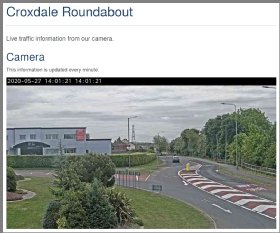
Three miles further, while turning west for Barnard Castle, near Spennymoor, traffic is slowed by the Thinford roundabout, and becomes a single lane. At a pedestrian crossing, a discretely located ANPR camera is sited on the central traffic light pillar.
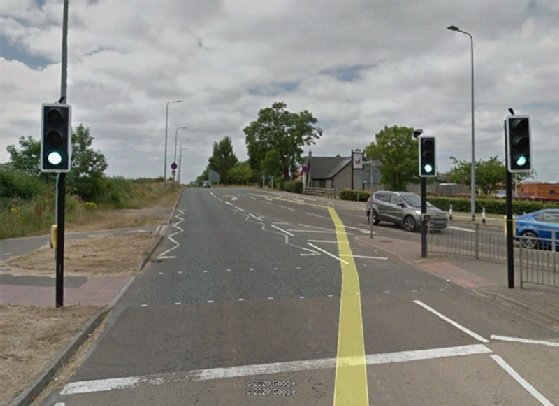
Twenty miles further on, at Barnard Castle, the Cummings’ route continued a mile down the A67 main road, through the town centre, and then over historic Barnard Castle Bridge. Once again, the Cummings family would have been caught on camera, multiple times. A recently modernised and upgraded camera has a direct and complete view of traffic coming and going over the narrow bridge.
According to The Times, Durham Constabulary is also investigating whether this journey, which Cummings claimed was an eyesight safety test, broke the highway code and driving laws when, as he claimed, his eyesight was affected by coronavirus infection.
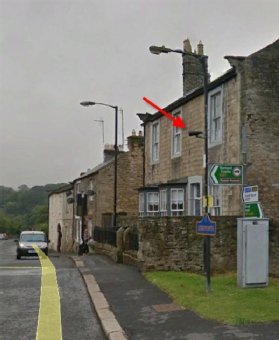
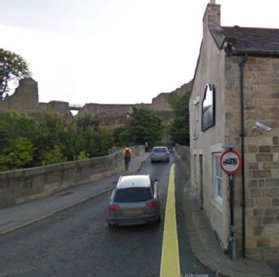
Central to the police investigation are multiple ANPR cameras on the A1(M) motorway from London to Durham. One ANPR installation near Newton Aycliffe scans northbound traffic 500 metres before the turn-off for Durham, leading to the Cummings estate, a point he would have had to cross on every journey north.
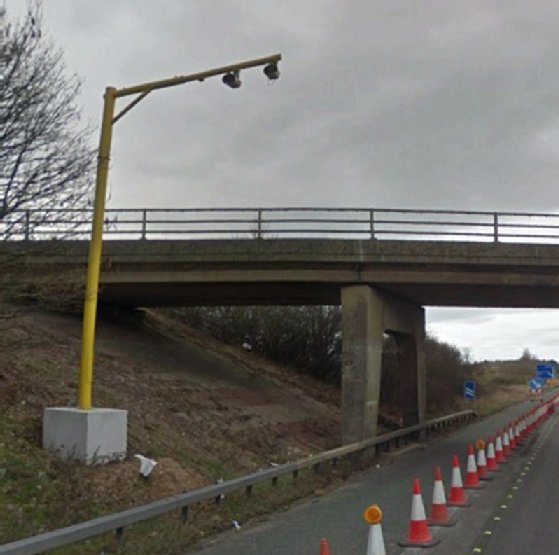
The map below shows the location of these and other cameras which could have tracked Cummings’ movements, including some not yet revealed. Another ANPR is in Meadowfield, a mile from woods owned by the Cummings family, where another witness said he saw the minister looking at bluebells. A further ANPR is positioned in central Durham, while a council camera monitors the Durham south bypass close to the property.
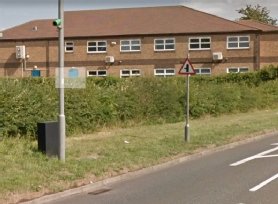
Britain’s vehicle surveillance network, developed over the past 40 years, includes 11,000 ANPR installations, which send “reads” on vehicles to a national datacentre at Hendon. About 50 million ANPR “reads” were taken every day before lockdown.
ANPR data from each police force is stored together with data from other forces for one year, said the National Police Chiefs Council. “Searches of ANPR data can confirm whether vehicles associated with a known criminal have been in the area at the time of a crime and can dramatically speed up investigations,” it said.
Writing today to Durham chief constable Jo Farrell, a group representing more than 300 GPs has asked her to use evidence including ANPR, CCTV and other methods to “resolve this issue” and “provide a clear statement to the public” if offences against the 2020 Coronavirus Health Protection have been committed.
Durham County Council did not respond before publication to enquiries about whether it has provided camera or ANPR data to the police investigation.
Durham Constabulary said that “in line with national policy, we do not disclose details of our fixed locations as this information is likely to be of benefit to offenders”.
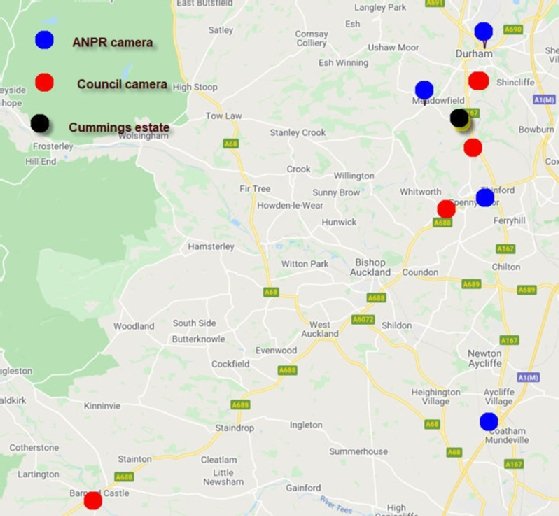
Read more on Regulatory compliance and standard requirements
-
![]()
UK police continue to hold millions of custody images unlawfully
-
![]()
Ex-PSNI officer seeking legal advice over comments made at Investigatory Powers Tribunal
-
![]()
Detective behind ‘unlawful’ surveillance blamed Catholics for ‘perverse’ court decisions
-
![]()
Detective reported journalist’s lawyers to regulator in ‘unlawful’ PSNI surveillance case








